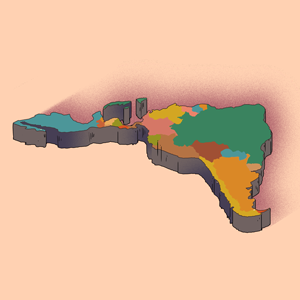Has the Trump administration used AI to calculate tariffs?
There are indications that the Trump tariffs have been calculated by an AI.


With all of the world talking about Trump's tariffs — you know, the set of levies on basically the entire world that's set to wreak havoc in the global trade and make your iPhone more expensive — an important question looms: Has the Trump administration used an AI to calculate those tariffs?
It would be unheard of. Trump's "Reciprocal Tariffs" table — while certainly not definitive at this point — could turn out to be the most important document of the decade. But the numbers on the table indicate tomfoolery.
Without going into intricacies of tariffs for every specific country, the thing is, these tariffs aren't reciprocal, despite Trump calling them so. It appears that the White House used a pretty basic formula that divides the trade deficit for the U.S. for a country, then divides that by the total imports from that country, and then divides the result in two. Note that there are no actual tariffs in that formula; a country could be charging a tariff on U.S. imports, but this formula disregards it (the White House countered this by basically providing more proof that this was exactly the case, per finance writer James Surowiecki).
This Tweet is currently unavailable. It might be loading or has been removed.
Then there's the question of the countries and territories included, which include places where there are no people (which is why the internet is today flooded by penguin memes).
Tech artist Gordon Chapman then dropped a bombshell on Threads, indicating that the White House's tariff table corresponds to internet top level domains (instead of, you know, actual countries), which could be proof that it was generated by an AI. Chapman later withdrew the post, explaining that the tariffs table is likely based on this data.
Who did the math?
Still, the question remains: How much (human) thought went into the tariffs calculations if the entire thing is just a simple formula applied onto a list of territories which doesn't entirely correspond to places that the U.S. should reasonably be imposing tariffs upon?
According to Commerce Secretary Howard Lutnick, United States Trade Representative (USTR) economists had worked on this stuff for years. Some experts, per Reuters, dismiss this as they consider the tariffs to have "no methodology" that produced "nonsense numbers."
Interestingly, if you ask an LLM, such as ChatGPT, to calculate U.S. tariffs on other countries in an "easy way," you get pretty much the same formula that the White House used. Ouch.
This Tweet is currently unavailable. It might be loading or has been removed.
What happens next is unclear
The tariffs figures can be viewed as starting point for further negotiations. In fact, Eric Trump said it pretty bluntly on X: "I wouldn’t want to be the last country that tries to negotiate a trade deal with @realDonaldTrump. The first to negotiate will win - the last will absolutely lose. I have seen this movie my entire life...," he wrote. So maybe the math behind the numbers is less important, if the numbers are all going to change soon.
But if the tariffs calculations have been hastily put together by an AI, that would indicate a new depth of incompetence for the Trump administration, closely following that of using Signal chat to plan military operations and including a journalist in that same chat.
It's hard to prove that the White House used ChatGPT or an equivalent for its tariffs math. The AIs themselves give a fair share of warnings that their calculations are imperfect and simplified, which should give pause to...anyone, really. The signs are out there, though, and we shudder to think what else the White House experts may leave to AI to do.

![How to Find Low-Competition Keywords with Semrush [Super Easy]](https://static.semrush.com/blog/uploads/media/73/62/7362f16fb9e460b6d58ccc09b4a048b6/how-to-find-low-competition-keywords-sm.png)


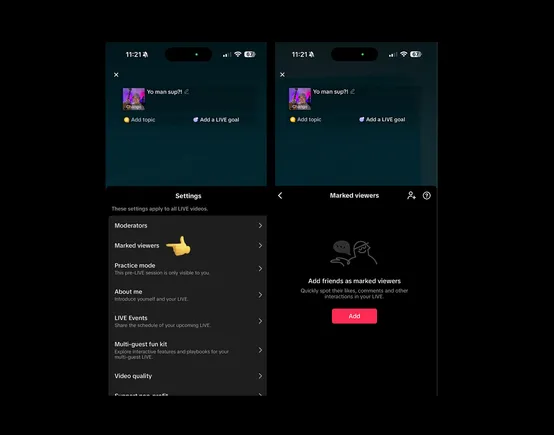



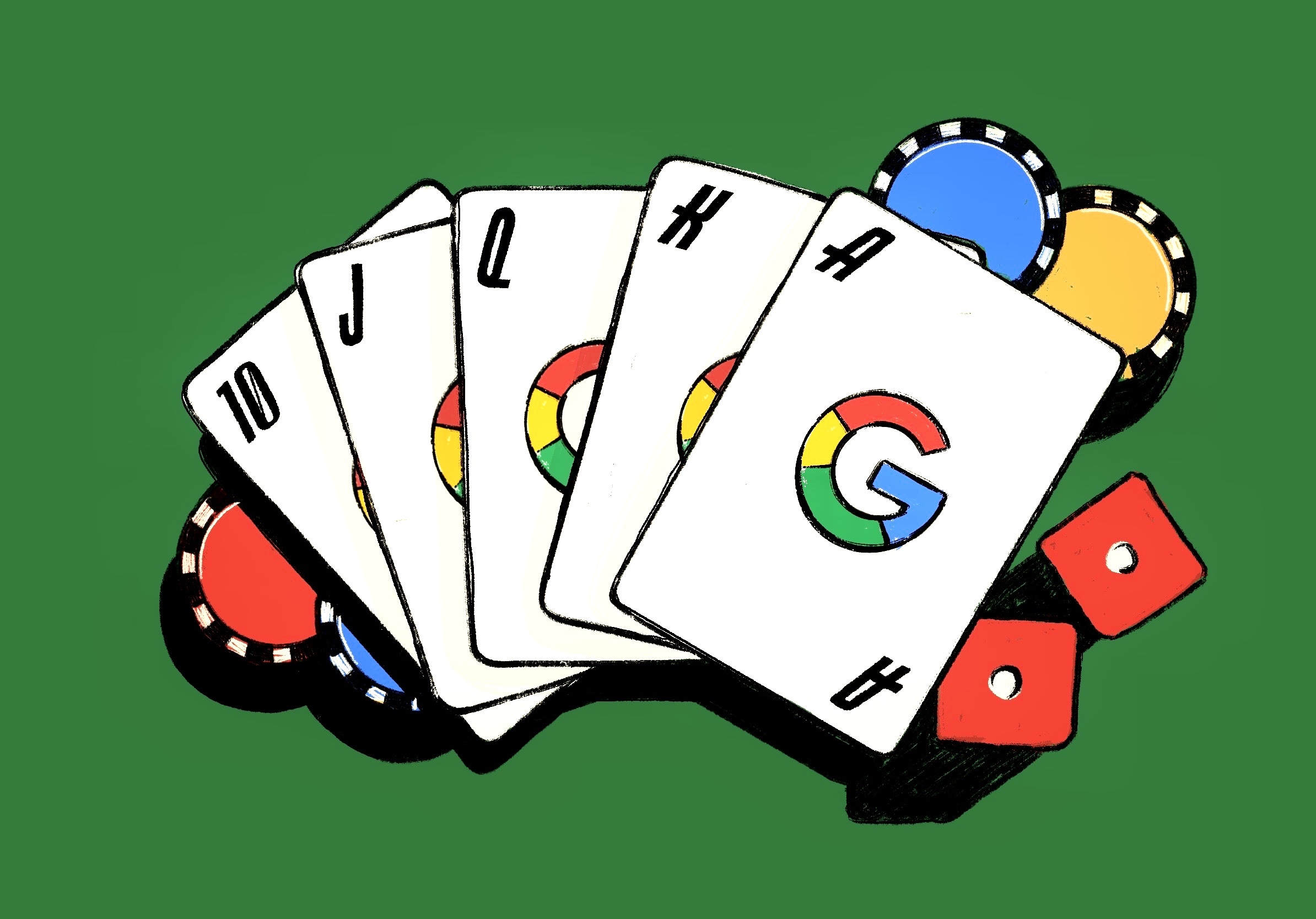

















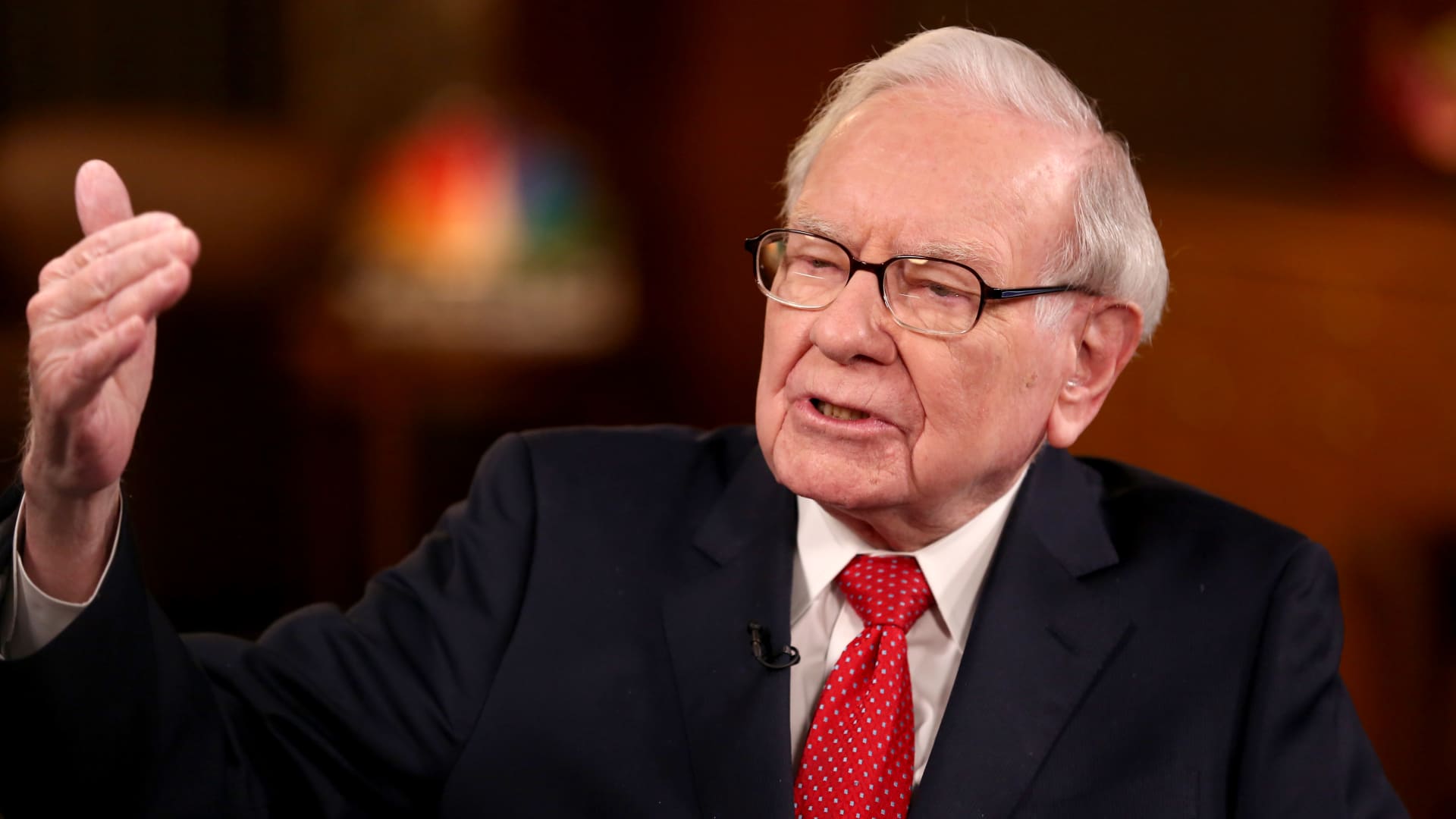




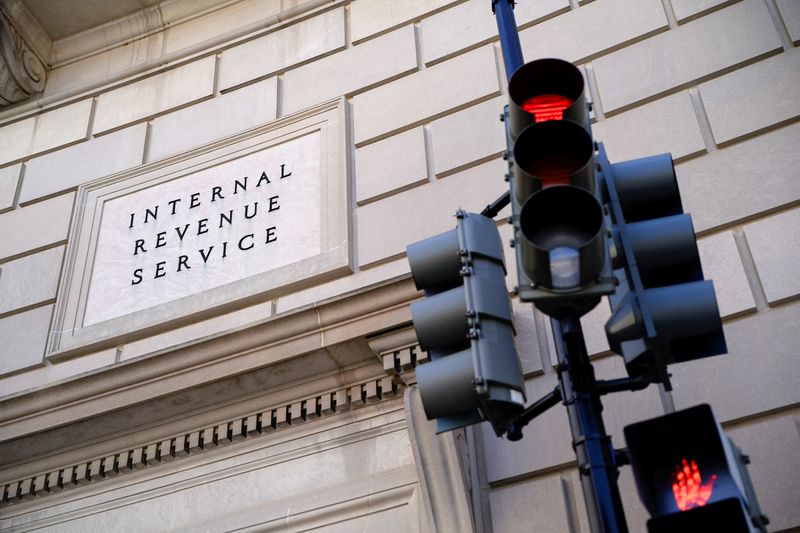
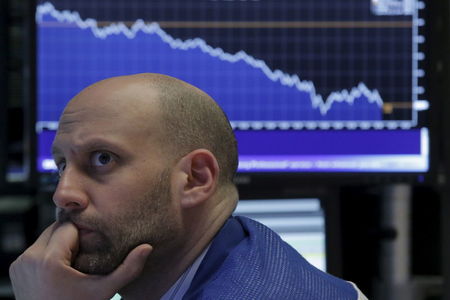









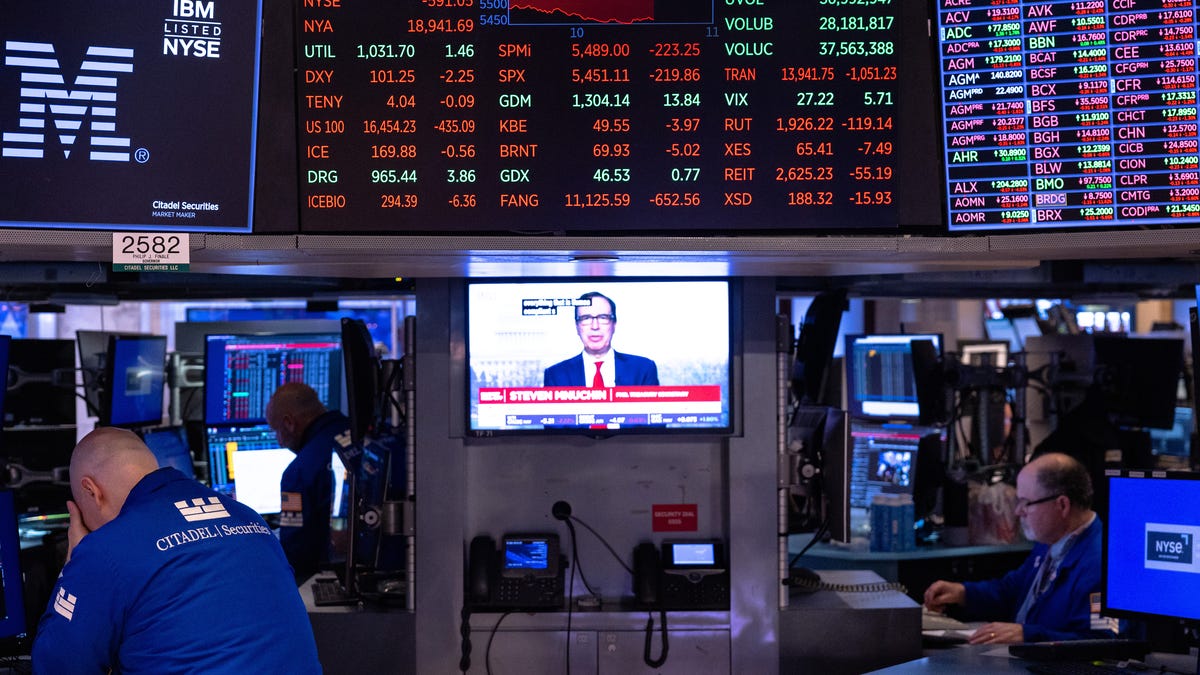

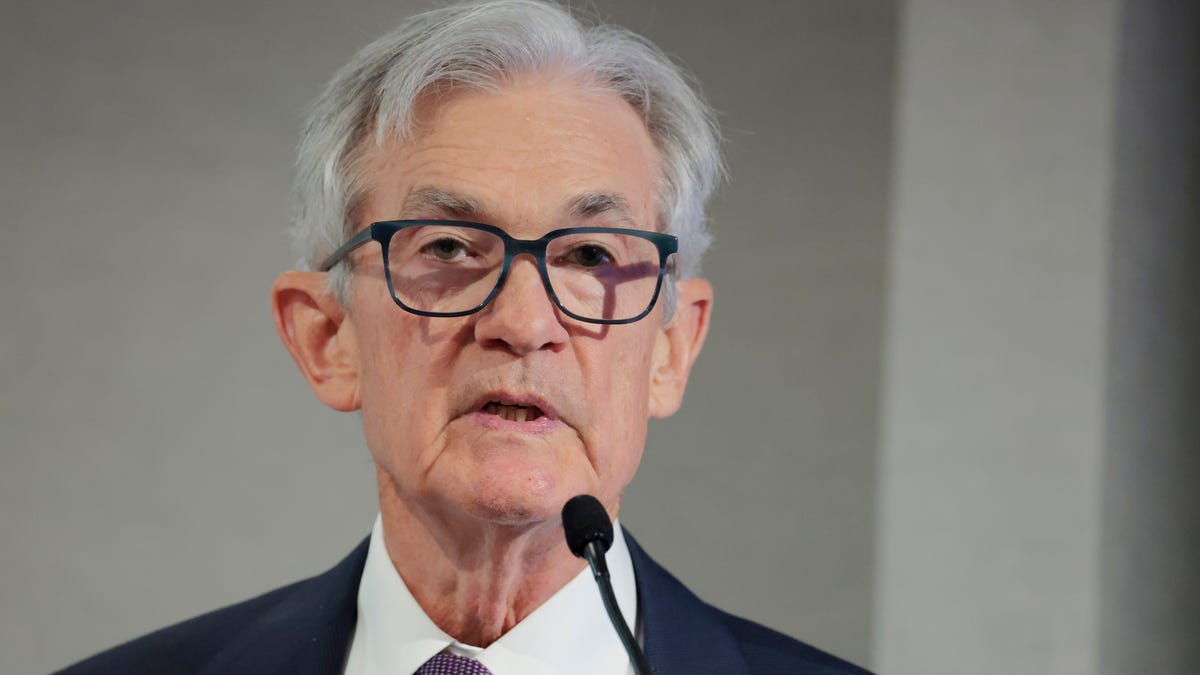









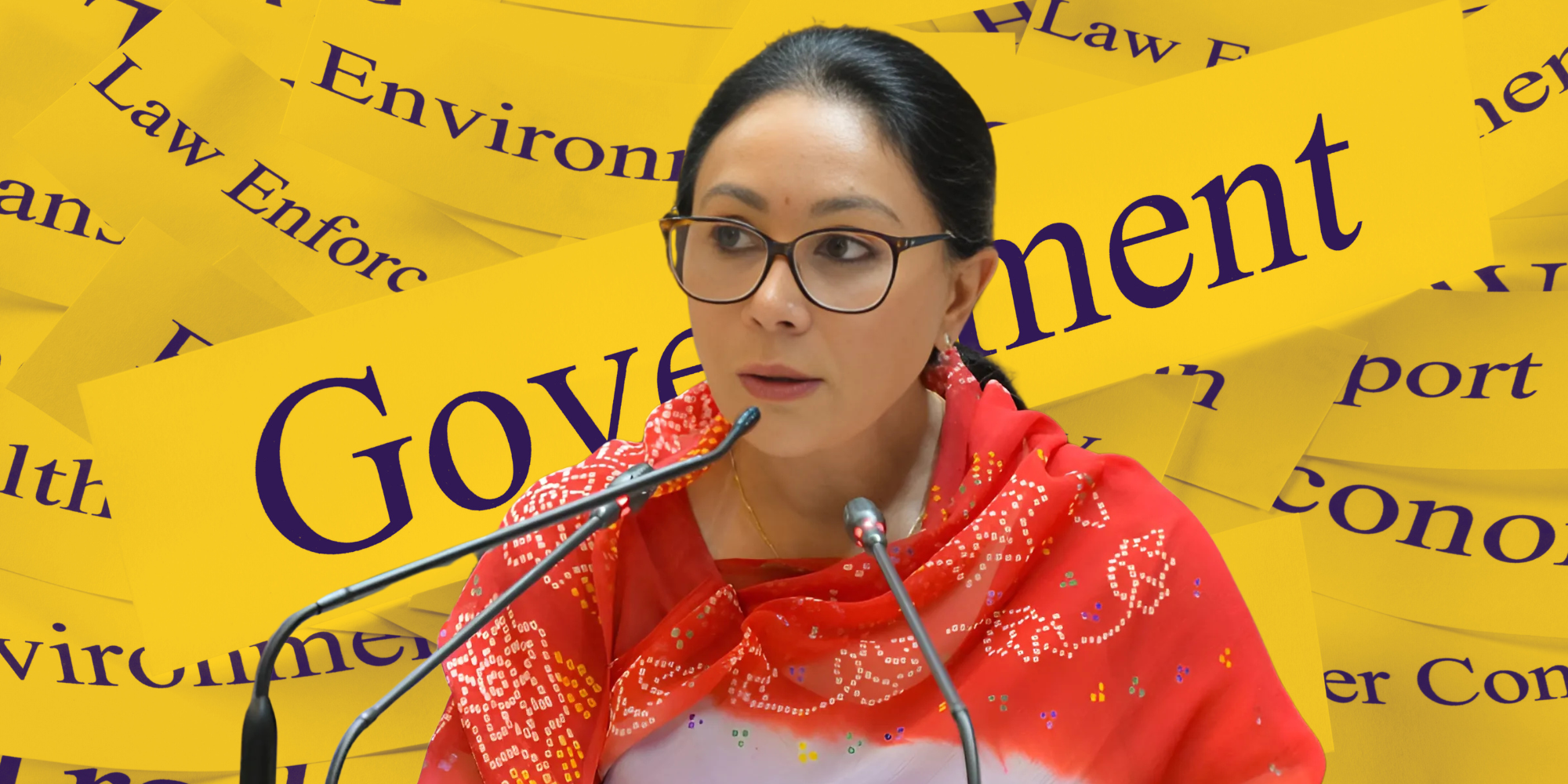





















































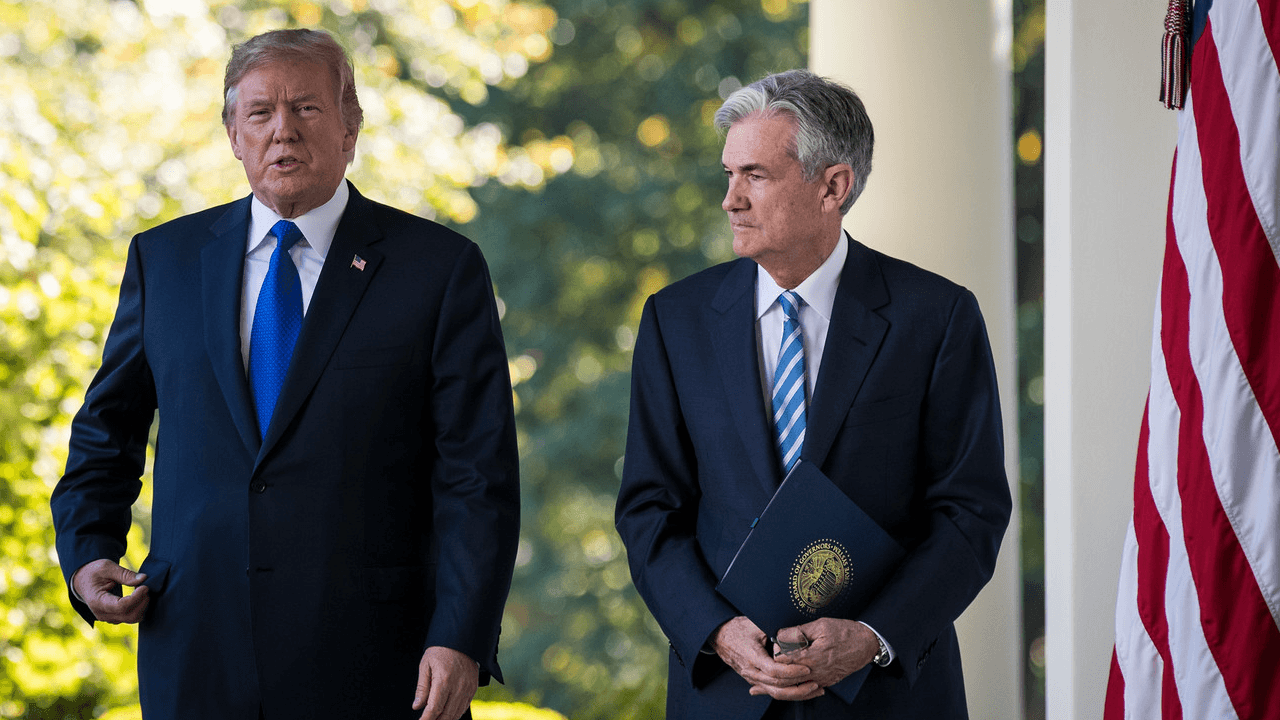





















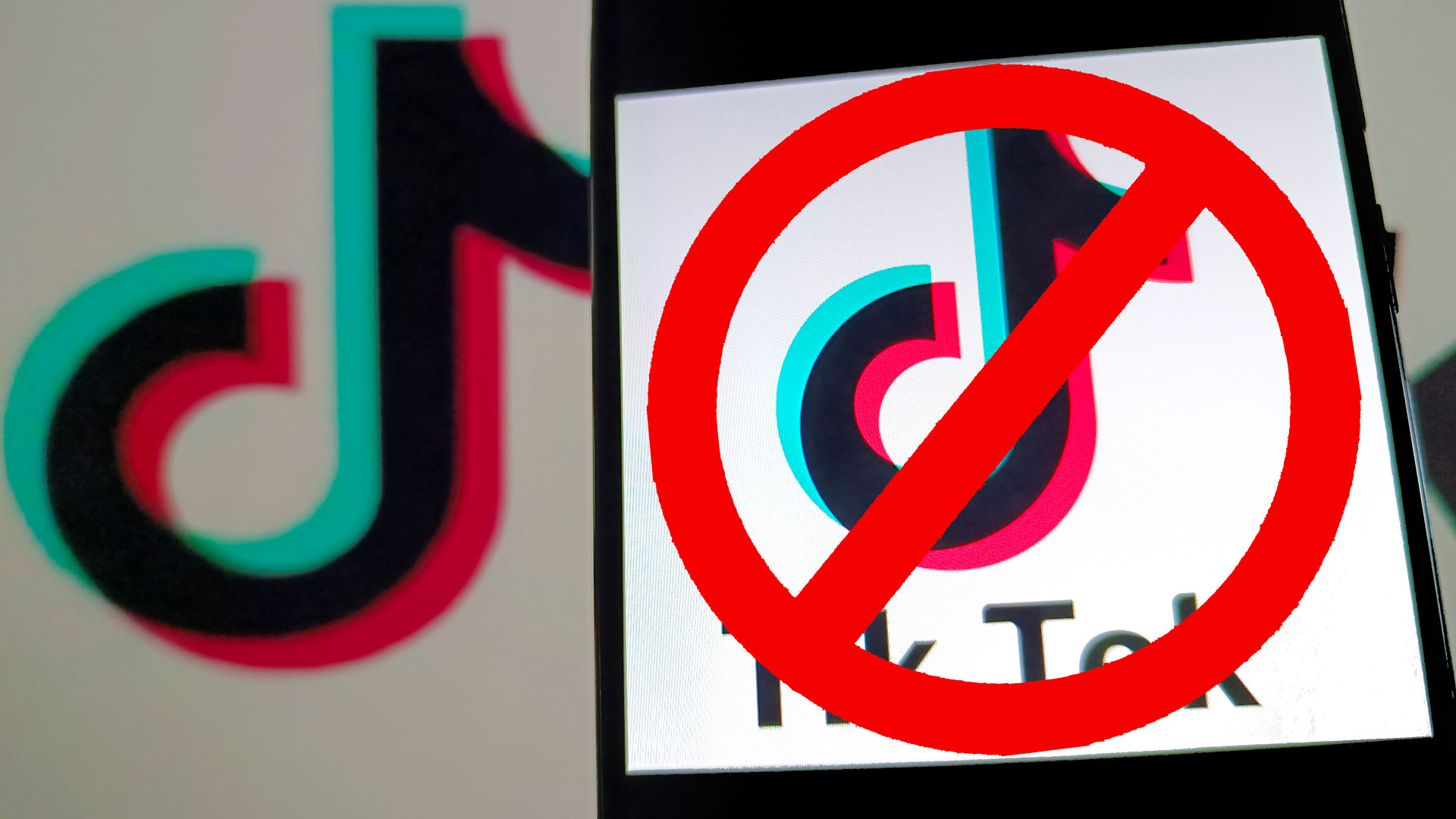








































.jpg)
%20Abstract%20Background%20112024%20SOURCE%20Amazon.jpg)

















